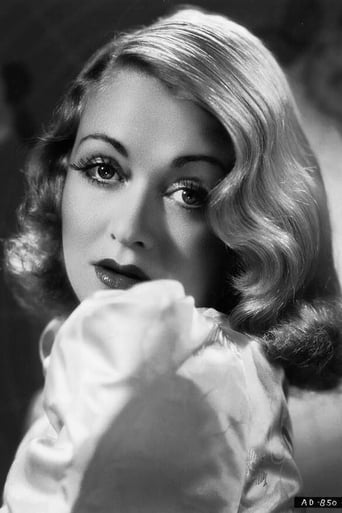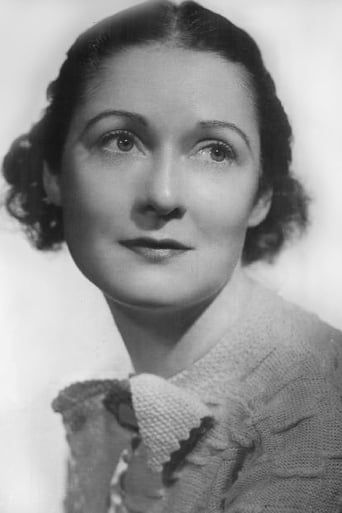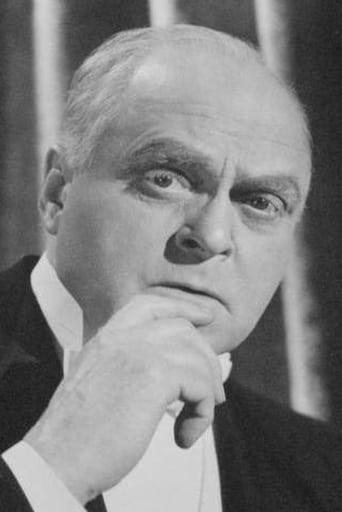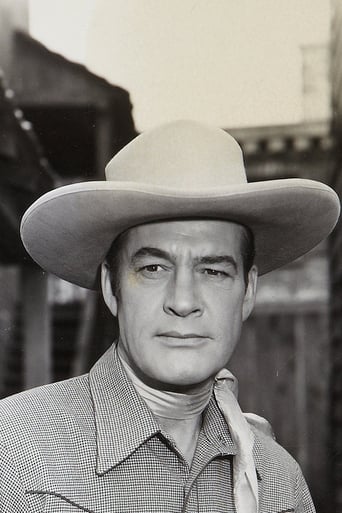Dynamixor
The performances transcend the film's tropes, grounding it in characters that feel more complete than this subgenre often produces.
Marva
It is an exhilarating, distressing, funny and profound film, with one of the more memorable film scores in years,
Kinley
This movie feels like it was made purely to piss off people who want good shows
Cassandra
Story: It's very simple but honestly that is fine.
richard-1787
I wonder how this played in 1933, when it opened, the bottom of the Depression? It's not clever. It's just a lot of very spoiled aristocrats or American nouveaux-riches pretending to be aristocrats, filling up their days with empty chatter and not much else. Occasionally one is hurtful, but not cleverly so. You could never mistake this for good Oscar Wilde. (I wonder if the original play, which had a success on Broadway, is any more interesting?) It reminds me of nothing so much as the sort of English drawing-room drama spoofed in *Auntie Mame* (I think it was called *Midsummer Madness* there.)Constance Bennett is very beautiful, but that's about all I can find to recommend here.
dglink
The pre-code Hollywood film "Our Betters" deals with an idle set of upper-crust society types who while away their time with teas, card games, and gossip. While sipping hot cha, they chat about their sexual dalliances, discarded spouses, and kept lovers. Based on a play by Somerset Maugham, the well-written dialog is often ripe and bitchy, and a fine cast, headed by Constance Bennett, makes the lighter-than-air fluff more entertaining than it should be.If that were the sum total of "Our Betters," then the film would be a harmless entertainment, viewed with amusement, and forgotten faster than a buttered scone. However, a character that is referenced early in the film appears on screen in the final scene and transforms the film into prime evidence of the vile gay stereotyping that Hollywood pursued before all gay portrayals on screen were prohibited by the production code.A dance instructor named Ernest, played by Tyrell Davis, arrives at Bennett's country manor in time to delay the departure of the duchess, deliciously portrayed by Violet Kemble Cooper. Ernest is not only dressed like a dandified pouffe, but he has thickly rouged lips that form a rosebud beneath his tiny clipped mustache. His broad effeminate mannerisms would embarrass a drag queen, and perceptive viewers can smell the lavender perfume that reeks from the screen. If Bogart rolled his eyes after a whiff of gardenia off Peter Lorre, he would pass out cold if Ernest minced into his office. Like Stepin Fetchit to African-Americans, Ernest is patently offensive to gays. He is the stereotyped concept of a bigoted society; he is a badly drawn cartoon image created by a studio system that profited from the talents of gays, but vilified their public images.However, as offensive as Ernest's characterization is, the film should be preserved and shown to illustrate the advances that on-screen portrayals of minorities have made. While the earlier drawing room scenes are light and forgettable, Ernest is an indelible image that should not be forgotten or repeated.
Karen Green (klg19)
No, it's not brilliant, although it has the woman-friendly stamp of director George Cukor all over it. If for nothing else, in fact, watch it for Hattie Carnegie's exquisite gowns, worn to perfection by the exquisite Constance Bennett. But if you give it half a chance, you might find yourself quite caught up in this tale of upper-class English morality, and the success it can bring to an early-disillusioned woman. Like "What Price Hollywood?" this is a collaboration of director Cukor, writer Jane Murfin, and star Constance Bennett, and they all shine. Bennett is especially adept at conveying the brittle facade that her character has constructed to hide the pain of an empty life.The dialogue is as crisp as it gets in the 1930s. Oh, and don't miss that final line. Too fab!
jacksflicks
Must confess I scored it a Ten to raise the average. By all rights this one should rate an average of 8-9.The bad prints and dated stage business cannot diminish the ethereal beauty of Constance Bennett and Anita Louise, the biting satire of Somerset Maugham, and an over-the-top pas de deux finalé between a lecherous duchess and a "dancing queen" that embellishes one of the most comically smashing dénouements in film history.



